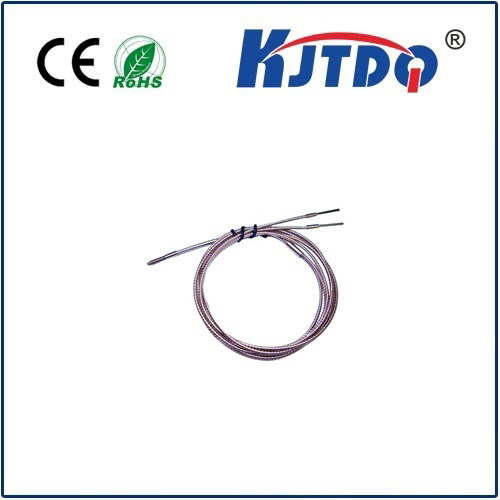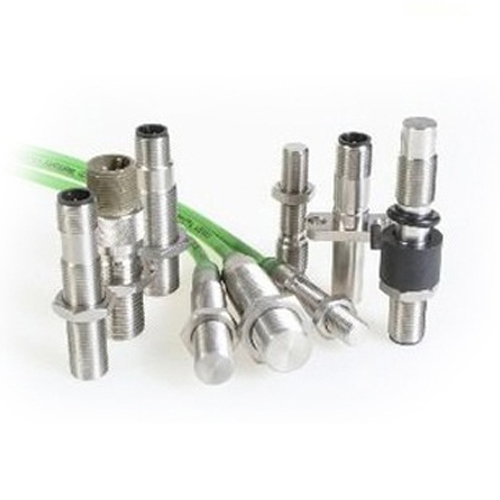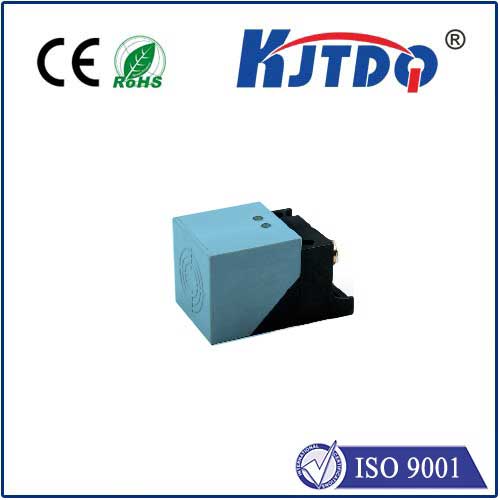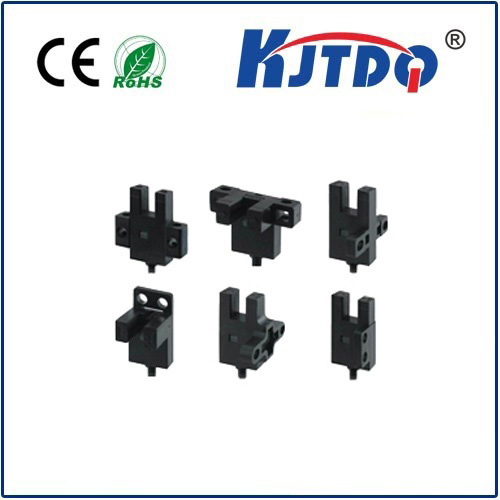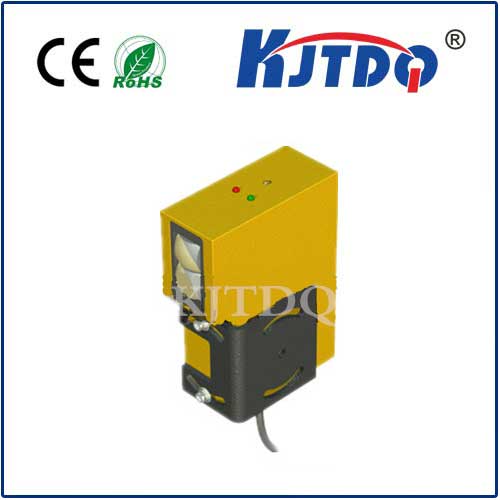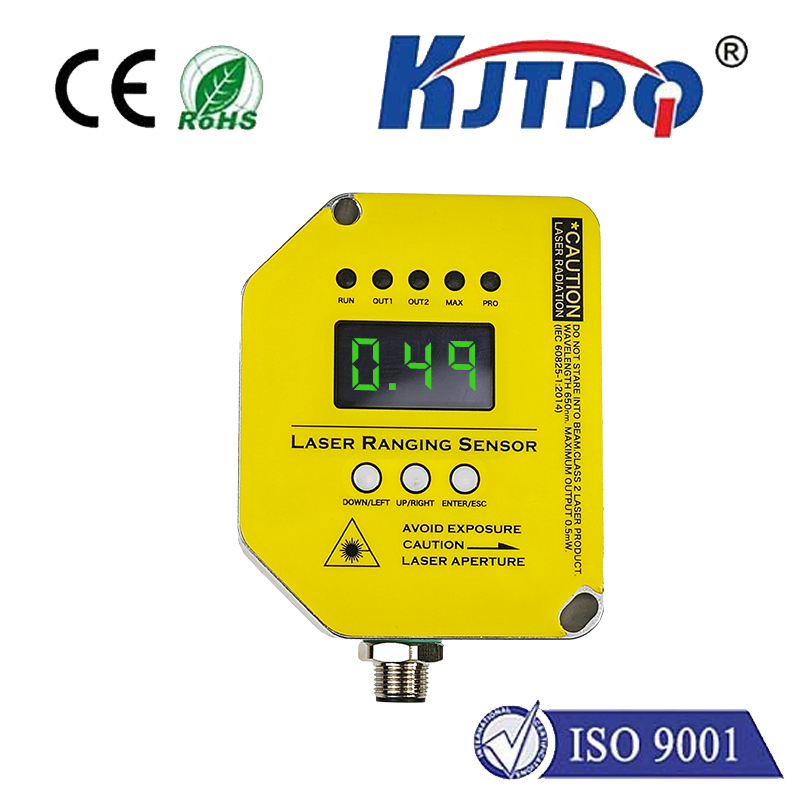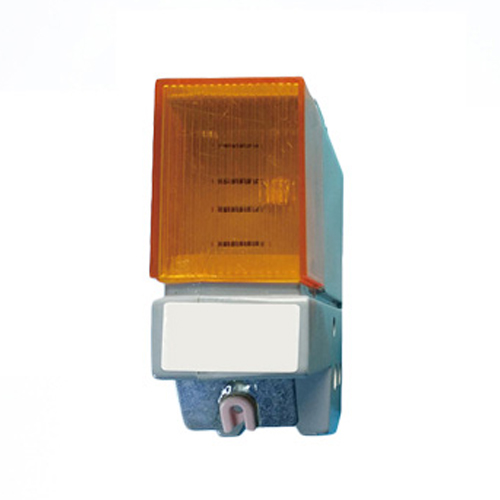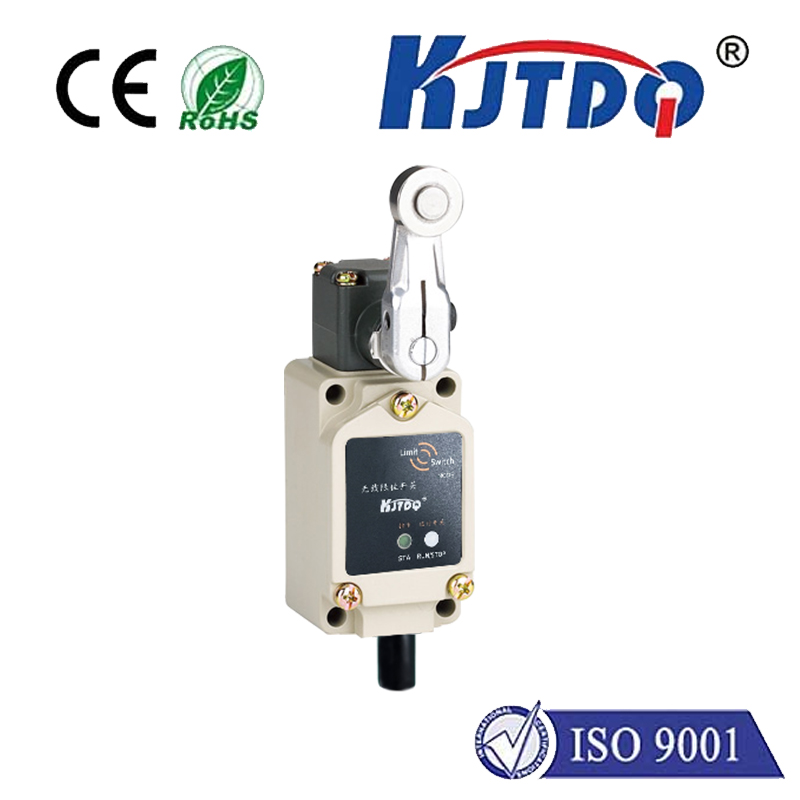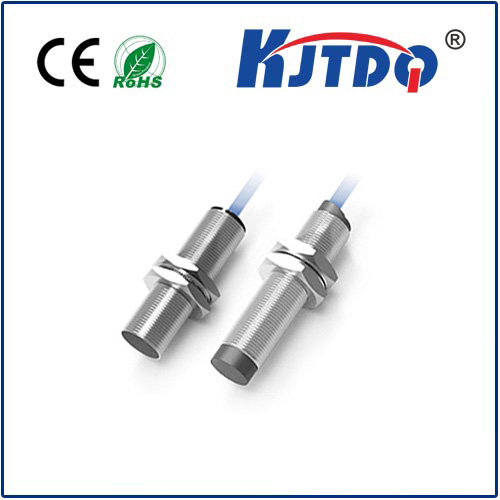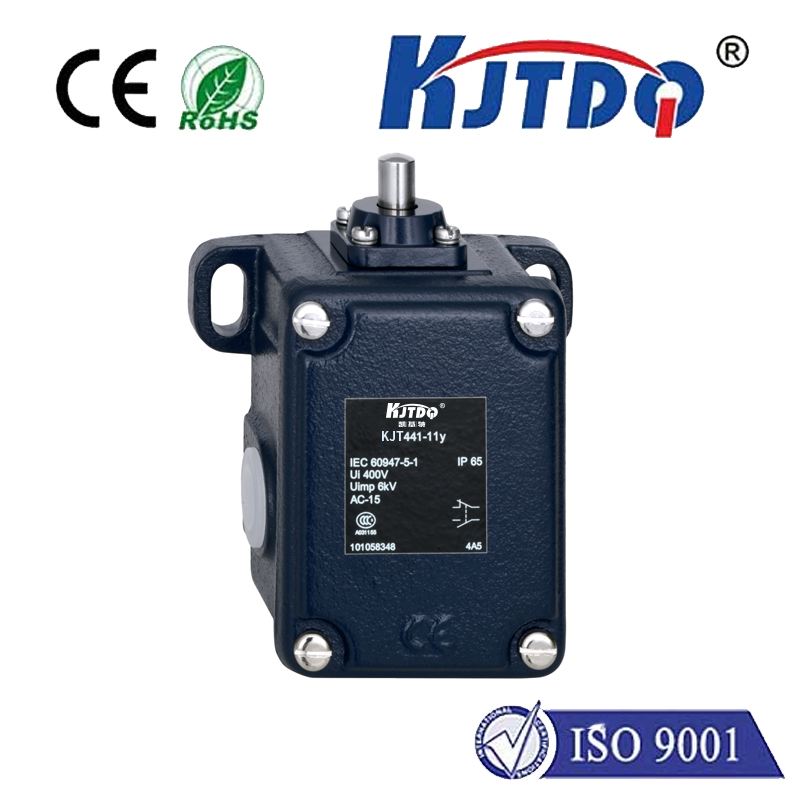Imagine a bustling factory floor – robotic arms welding with precision, conveyor belts humming, packages being sorted at lightning speed. Ensuring this complex dance happens flawlessly, often without a single physical touch, relies heavily on unseen heroes: proximity sensors. Among the most crucial types, especially for industrial control systems, is the NPN proximity sensor. Understanding how these sensors function and their distinct characteristics is fundamental for engineers, technicians, and anyone designing or maintaining automated systems.
What Exactly is an NPN Proximity Sensor?
At its core, an NPN proximity sensor is an electronic switch activated by the presence or absence of a nearby metal target without physical contact. Utilizing electromagnetic fields (inductive type) or infrared light (photoelectric type), it detects objects and changes its output state electronically. The “NPN” designation refers specifically to the type of transistor used as its output switching element.
The Heart of the Matter: The NPN Transistor Output
This is where the magic – and the key difference from PNP sensors – happens. An NPN transistor acts like a normally open switch controlled by the sensor’s detection circuit.
Wiring an NPN Sensor: The Sinking Connection
Understanding the sinking nature is vital for correct wiring:

In essence, the NPN sensor sinks the current required to activate the load to ground. It completes the circuit path to the negative side.
NPN vs. PNP: A Crucial Distinction in Control Systems
The fundamental difference lies in how they complete the circuit for the load:
NPN (Sinking Output): Switches the negative side of the load to ground. The load’s positive side is permanently connected to V+.
PNP (Sourcing Output): Switches the positive side of the load to V+. The load’s negative side is permanently connected to ground.
Why Choose NPN? NPN sensors are often preferred in systems where the control logic is designed to trigger on a connection to ground. This is extremely common in many PLC input modules designed for sinking inputs (especially in Asia and increasingly globally). They can also simplify wiring in certain configurations where the common point is ground.
Key Applications of NPN Proximity Sensors
Their robustness and non-contact operation make NPN proximity sensors indispensable across numerous industries:
Преимущества и меры предосторожности
Преимущества:
Considerations:
Conclusion: Harnessing the Sink
NPN proximity sensors, with their sinking output characteristic driven by the internal NPN transistor, form the backbone of countless industrial automation and control systems. Their ability to reliably detect objects without contact, coupled with compatibility with common control system wiring practices (especially sinking PLC inputs), ensures their continued dominance. Whether you’re counting widgets on a line, verifying the position of critical machinery, or building safety logic, understanding how these sensors work and how to correctly wire them using their sinking capability is fundamental engineering knowledge. By choosing the right sensor (inductive, photoelectric, shielded, unshielded) and configuring it correctly within the sinking paradigm, you build robust, efficient, and reliable automated processes.
